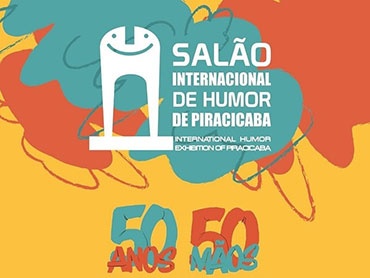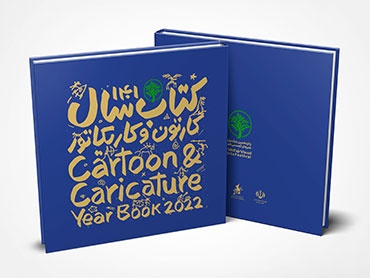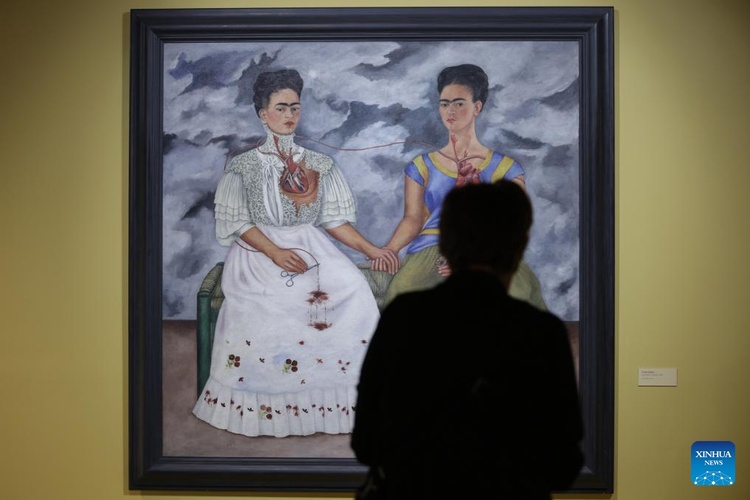
Museum of Modern Art in Mexico
Special: Museum of Modern Art in Mexico reveals the hidden aroma of its masterpieces in a sensorial experience
MEXICO CITY, Aug. 13, 2025 (Xinhua) -- A woman looks at a painting displayed at the exhibition "A Prickly Pear and a Tower of Light on a Desk" at the Museum of Modern Art in Mexico City, capital of Mexico, Aug. 7, 2025. The exhibition, titled "A Prickly Pear and a Tower of Light on a Desk," allows visitors to appreciate works by artists Remedios Varo, Diego Rivera, Olga Costa, Rufino Tamayo, Dr. Atl, and Enrique Metinides through fragrances designed to evoke their essence and atmosphere. (Xinhua/Francisco Cañedo)
MEXICO CITY, Aug. 13 (Xinhua) -- Fruity, resinous, and mysterious aromas invite visitors to discover the smell of some of the most emblematic works of modern Mexican art in a unique proposal that transforms artistic contemplation into a sensorial experience.
The exhibition, titled "A Prickly Pear and a Tower of Light on a Desk," allows visitors to appreciate works by artists Remedios Varo, Diego Rivera, Olga Costa, Rufino Tamayo, Dr. Atl, and Enrique Metinides through fragrances designed to evoke their essence and atmosphere.
Notes of sulfur, copal, wood, fruits, and roses invade different spaces of the Museum of Modern Art (MAM) in Mexico City, marveling all who visit this venue, key to the dissemination and promotion of modern art in the Latin American country.
Six emblematic pieces of modern Mexican art include "Green Fire in the Paricutín" by Dr. Atl; "Day of the Dead" by Diego Rivera; "The Fruit Vendor" by Olga Costa; and "The Flutist" by Remedios Varo; "Homage to the Indian Race" by Rufino Tamayo; and "Photograph of the Fall of the St. Regis Hotel in the 1985 Earthquake," by Enrique Metinides, will allow the public to experience a new way of interpreting painting through the senses.
"On this occasion, we are collaborating with the Perfume Museum to interpret five works through bowls containing aromas, which is a precisely olfactory interpretation of the works," Carlos Segoviano, associate curator at the MAM, told Xinhua.
One of the goals of this venue, the curator explained, is to provide ideal spaces for everyone, and the exhibition opens an unexplored door to enjoying art without the need for sight.
"Something that has also been of great interest to the museum, especially through the mediation space, is being able to attract audiences with different abilities. So, perhaps an audience that cannot approach the work visually. Now, they have the opportunity to do so through smell," he said.
The specialist commented that attendees can also learn a little more about perfume making and its meaning.
"From there, we can even understand the history of perfume or how it is interpreted, because a scent like the one prepared by master perfumers has three levels: there is a top note, a body, and a base," Segoviano explained.
Therefore, when the public approaches these works, they are explained the reason for the choice of scent for each work.
Read more

- November 19, 2025
Gallery of Illustration by Jose Elgueta – Chile
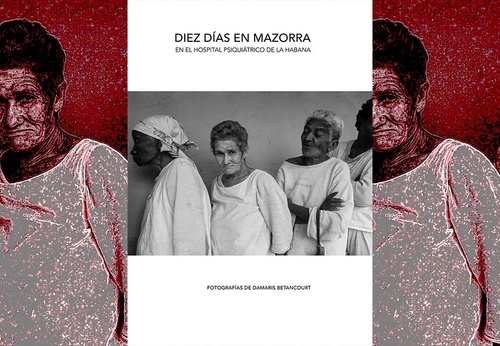

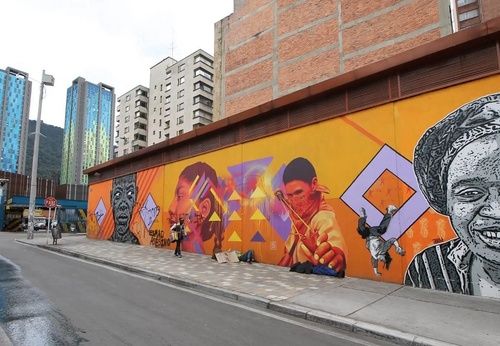
- November 19, 2025
Colombia: Muralism as a Social Voice and Historical Reconstruction
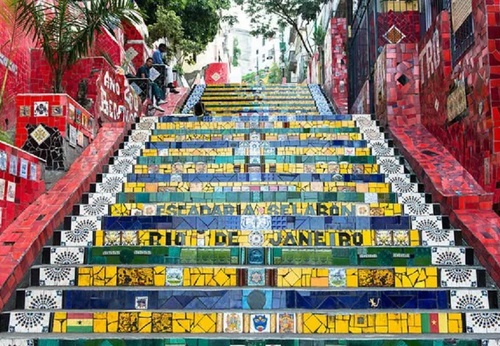
- November 19, 2025
Brazil: The Creative Power of Urban Art

- November 19, 2025
Watercolor Paintings: Smithsonian Art Museum by William Miller

- November 19, 2025
Catriel Martinez - Argentina
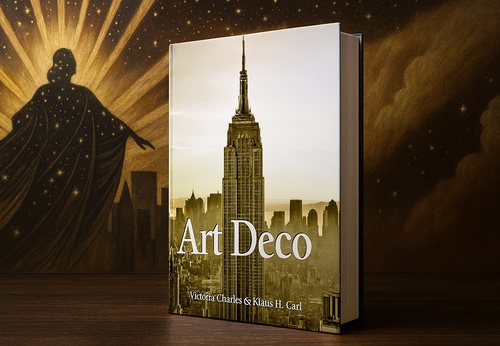
- November 18, 2025
Art Deco

- November 18, 2025
Silenced World

- November 19, 2025
Pinta Miami celebrates its 19th edition…

- November 18, 2025
Artists and galleries from Brazil and L…

- November 17, 2025
"Painting in Mexico Today Is More Alive…

- November 17, 2025
Paris Photo Exhibits Iconic Collection …

- November 16, 2025
Art Exhibition in Bogotá

- November 15, 2025
Frida Kahlo's 'The Dream (The Bed)' Exp…

- November 12, 2025
Brescia, an exhibition of works by the …

- November 12, 2025
Uruguayan Artist Joaquín Torres García …

- November 11, 2025
Painting in Mexico Today Is More Alive …

- November 11, 2025
Oaxacan School Dominates Latin American…

- November 10, 2025
Artweek 2025 Celebrates a Decade of Art…

- November 10, 2025
Pop Brasil Arrives at Malba with Over 1…

- November 10, 2025
Adriana Cisneros Pays Tribute to Latin …

- November 10, 2025
Mira Art Fair 2025

- November 09, 2025
MIRA Art Fair 2025: Latin American Art …

- November 09, 2025
The Influence of Renaissance Art on Mod…

- November 06, 2025
Experience the vibrant pulse of Latin A…

- November 06, 2025
The Ministry of Culture invites you to …

- November 06, 2025
120 Works by 50 Brazilian Artists

- November 05, 2025
Latin American Art Auction: The Star, a…

- October 08, 2023
Illustrations reflect the brutal Israel…

- December 25, 2023
The jury statement of the Iran-Brazil F…

- July 29, 2023
History of Caricature in Brazil

- April 20, 2024
Poignant Image of Grief Wins Mohammed S…

- September 01, 2023
Neural Filters in new photoshop 2023

- May 22, 2025
Brady Izquierdo’s Personal Exhibition O…

- March 21, 2024
The history of art in Palestine

- February 18, 2024
7 Ways to Understand What Visual Arts A…

- June 29, 2024
Exhibition at Centro MariAntonia contra…

- October 21, 2023
Erick Meyenberg and Tania Ragasol at th…

- May 15, 2024
Eleven murals for Gaza painted across t…

- March 30, 2024
illustration websites in Latin America

- August 09, 2023
Venezuela mural expresses solidarity wi…

- March 14, 2024
museum of statue of van gogh

- March 15, 2024
museum of sculpture of Salvador Dali

- May 20, 2024
Latin American Festival of Performing A…

- May 25, 2025
Bordalo II to hold exhibition in Paris …

- October 23, 2023
Photos by José Luis Díaz of the march o…

- May 27, 2025
Works by Botero, Grau, and 80 other imp…

- December 01, 2023
Latin American International Graffiti F…

- May 15, 2024
Eleven murals for Gaza painted across t…

- February 18, 2024
7 Ways to Understand What Visual Arts A…

- January 02, 2025
13 commemorations that will mark the cu…

- October 17, 2023
The influence of Latin American artists…

- February 03, 2024
THE HISTORY OF NAIF ART

- October 08, 2023
Illustrations reflect the brutal Israel…

- July 02, 2024
One of the largest urban art galleries …

- November 17, 2023
Fernando Botero's work is booming after…

- July 29, 2023
Piracicaba International Humor Exhibiti…

- November 06, 2023
Heba Zagout: Palestinian artist murdere…

- December 25, 2023
The jury statement of the Iran-Brazil F…

- December 10, 2023
Sliman Mansour and Palestinian art on t…

- February 01, 2025
A maior exposição de Botero em Barcelona

- March 14, 2024
museum of statue of van gogh

- March 21, 2024
The history of art in Palestine

- July 20, 2024
First International Mail Art Biennial 2…

- April 20, 2024
Poignant Image of Grief Wins Mohammed S…

- October 30, 2023
Palestinian turns images of the Gaza co…

- September 01, 2023
Neural Filters in new photoshop 2023

- February 06, 2024

